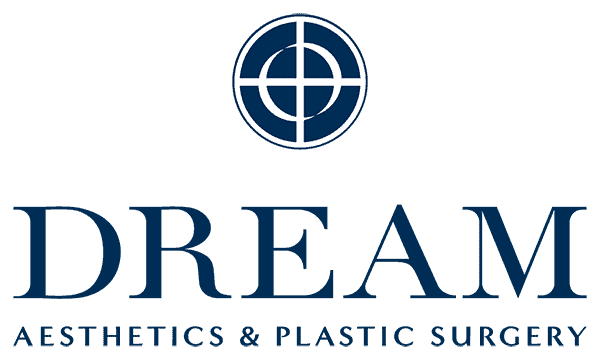
Pigmentation Treatment
What Is Pigmentation?
Pigmentation refers to a phenomenon in which the pigment melanin is deposited on your skin as dark spots. The melanocytes present in the deeper layers of your skin produce brown pigments, called melanin, when they are irritated by inflammation-instigators, such as sun exposure, estrogen, free radicals, or heat. The melanin is then deposited on the outer layer of your skin and serves to absorb light while also working as an antioxidant agent.
What Causes Skin Pigmentation
Excessive Sun Exposure
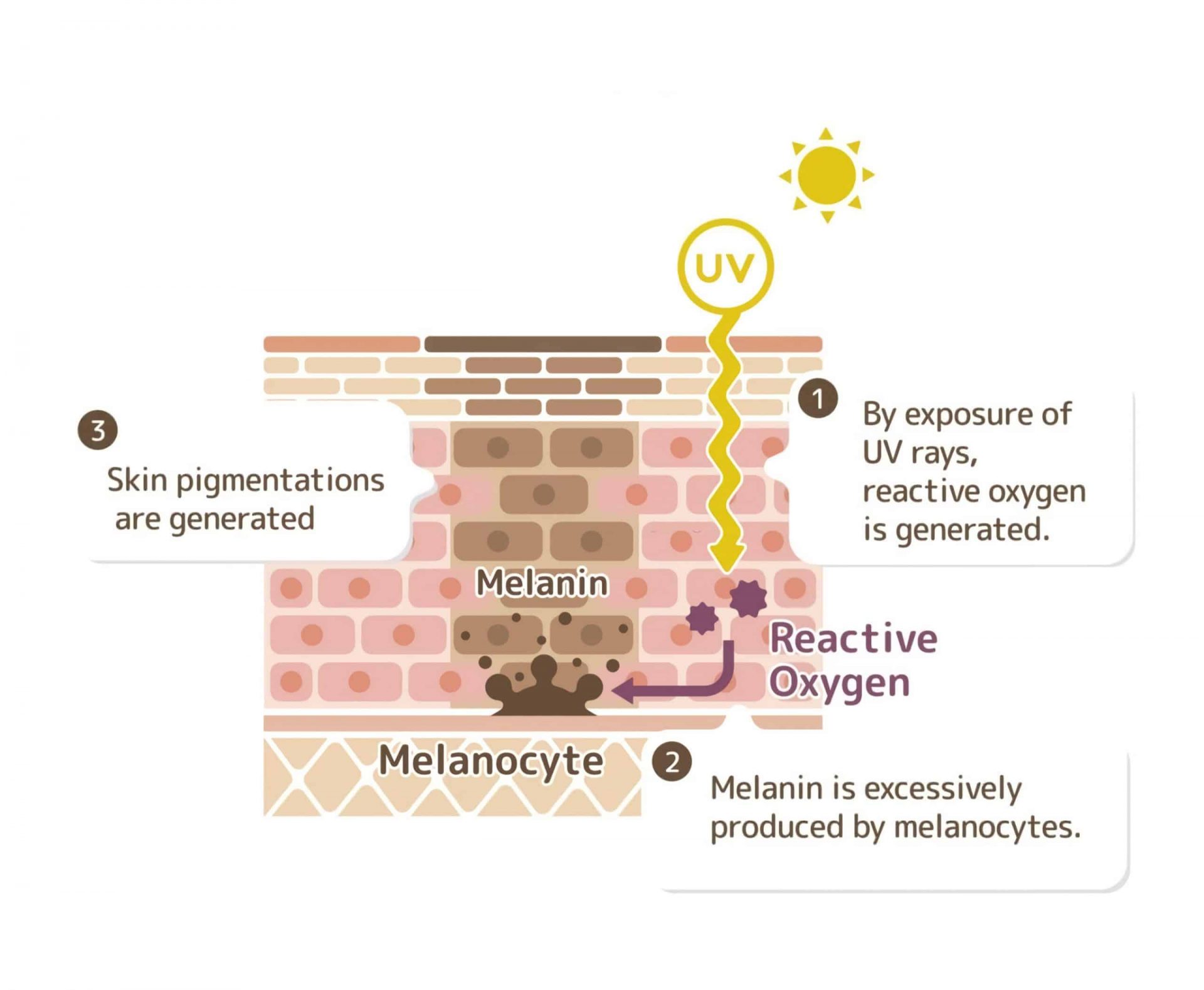
Suns UV Rays trigger the production of melanin within the deeper layers of your skin in order to protect it from the injurious impact of UV. This is the same as sun tanning, but the production of melanin leads to the formation of dark spots.
Hormonal Imbalance
Hormonal fluctuations in your body, either natural or caused by certain medicines such as NSAIDs, antimalarial drugs, and antipsychotic medications, can also stimulate hyperpigmentation. These appear as brownish discoloration or patchy spots on your skin called melasma. This is frequently found in women, particularly during pregnancy or in those undergoing hormonal therapy.
Skin Inflammation
A skin injury can also be a cause of hyperpigmentation, be it due to a surgical scar, acne, or inflammation – all of these can be a cause of deposition of melanin on the superficial layers of your skin as part of a natural recovery response.
Medical Conditions
In some cases, pigmentation can also occur due to specific health conditions. For instance, people who have autoimmune diseases, gastrointestinal issues and certain metabolic concerns are at a higher risk of hyperpigmentation.
Genetics
Even without excessive sun exposure, some people develop pigmentation. This can occur if they have a genetic predisposition to it, meaning that pigmentation runs in family, and several other family members also have the condition.
Undesirable Pigmentation Issues
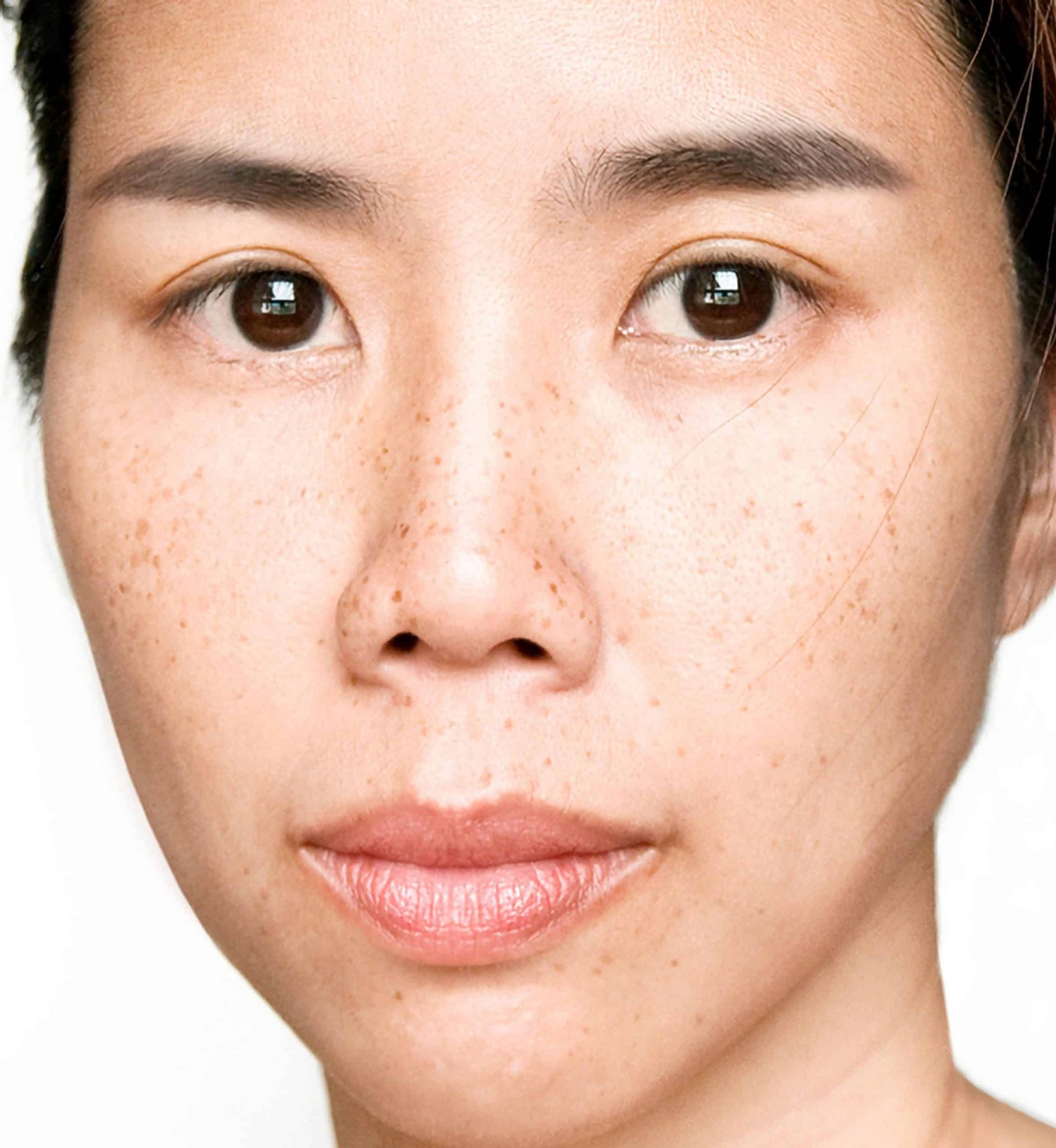
The Most Common Types Of Pigmentation
In Singapore and most places around the world, the most prevalent types of undesirable pigmentation include:

Melasma:
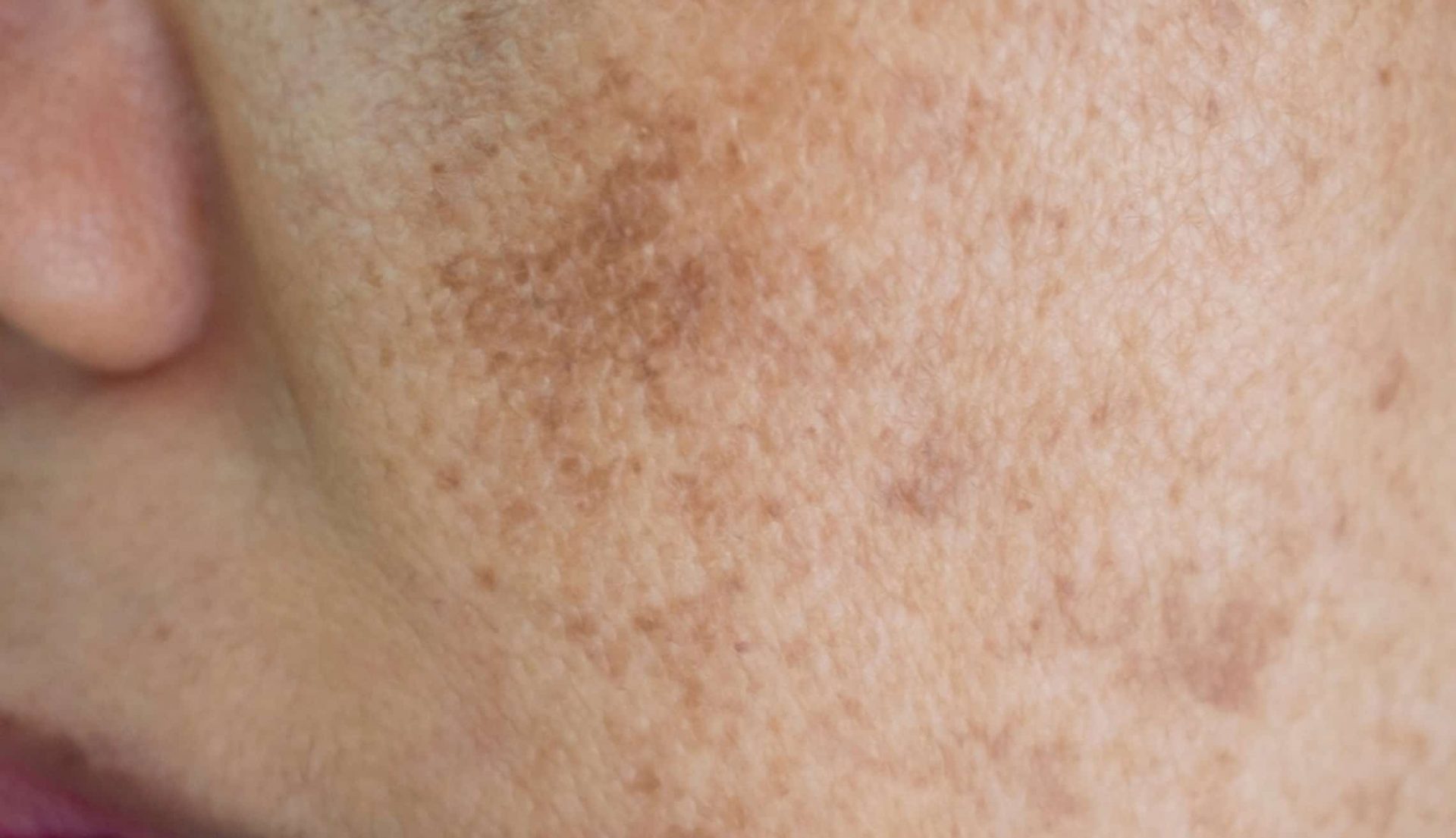
Sunspots:
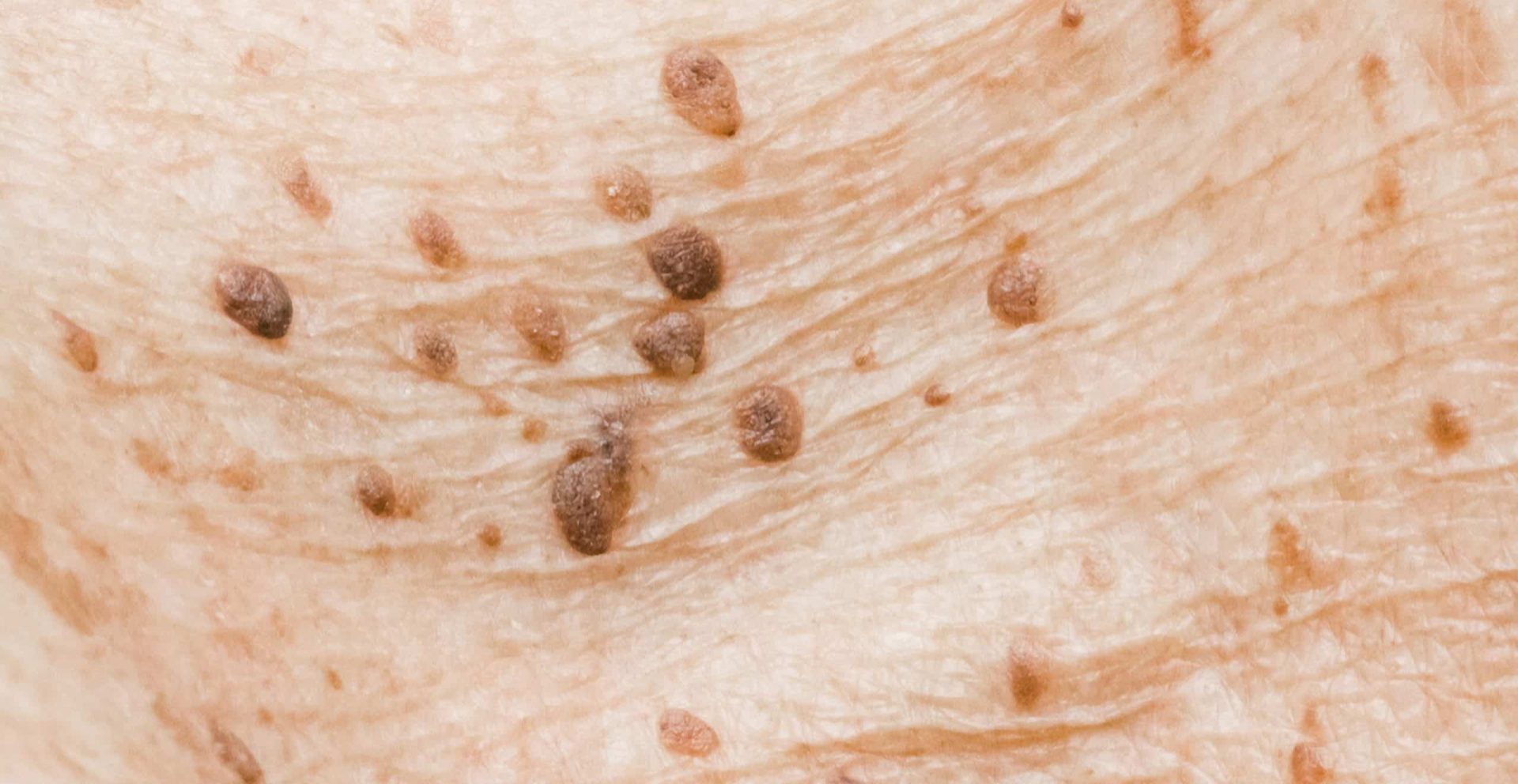
Acne scars:
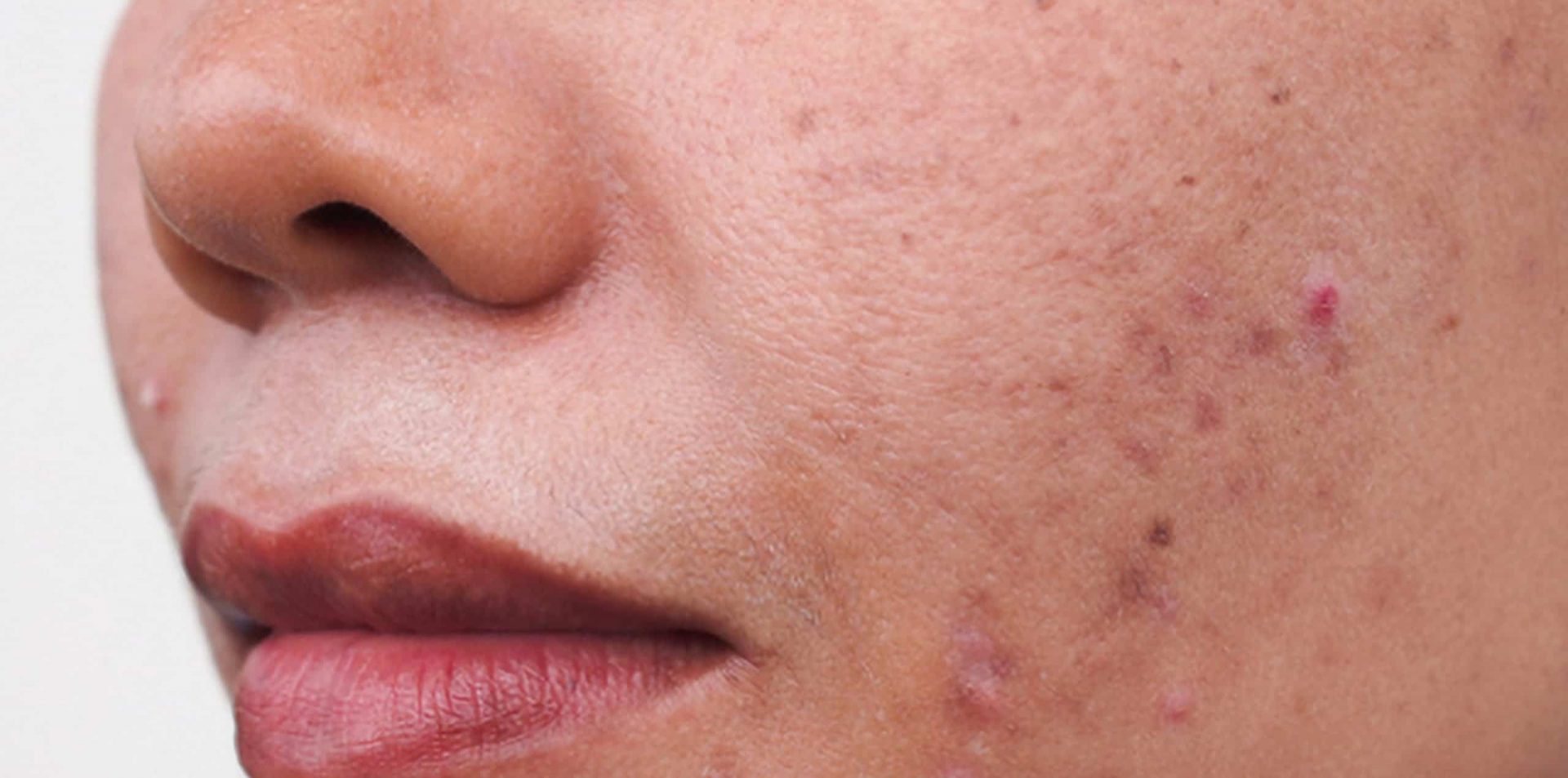
Post-inflammatory hyperpigmentation:
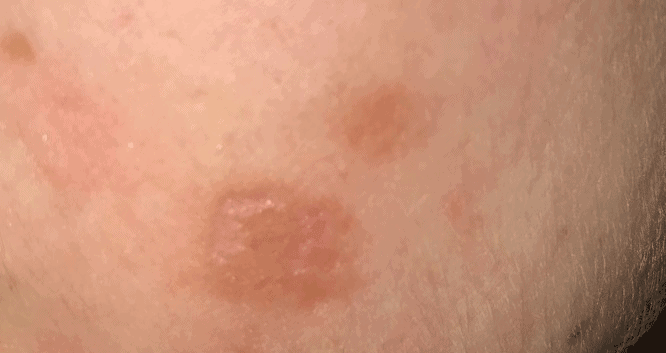
Seborrheic keratosis
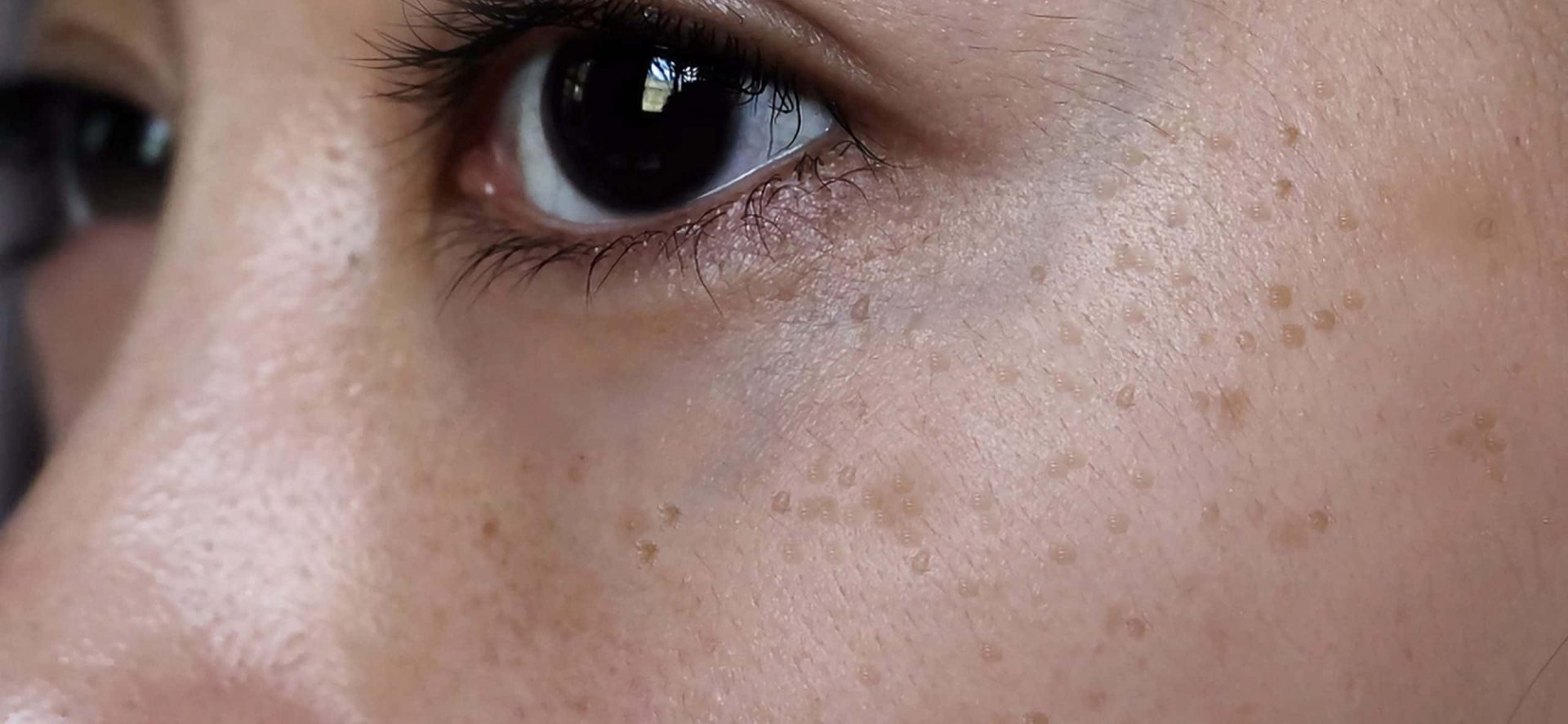
Skin Pigmentation Treatment At Dream
While most types of pigmentation are benign and completely harmless, they may still be perceived as cosmetically bothersome by the people affected. Thus, many of them opt for a professional treatment to either achieve pigmentation removal or reduce its visibility.
During pigmentation treatment in Dream, we accompany our patients along the entire journey and help them achieve the desired results in a safe manner under the care of our experienced medical team.
Dream Holistic Approach In Treating Skin Pigmentation

Consultation And Examination
In the initial consultation, our medical doctors will thoroughly examine your type of pigmentation. If your skin condition has not been diagnoses yet, we will take the steps necessary to ensure an accurate diagnosis. At last, we will discuss potential treatment options with you and help you determine your priorities, budget, lifestyle and condition. Our doctors will take many lifestyle factors into account when devising the optimal therapy for your individual situation.

Planning Of Treatment Program
Having examined your skin condition carefully, A treatment program will be customised based on your skin condition, budget, lifestyle, and time schedule.

Aftercare
After your treatment program is completed, we will continuously perform regular checkups to ensure your skin is developing as expected to avoid reoccurance. This thorough aftercare greatly increases the success rate of many procedures. We will ensure your aftercare program is flexible and adapted to be least disruptive to your lifestyle.
Laser Treatment Options For Pigmentation
Intense Pulse Light Therapy (IPL)
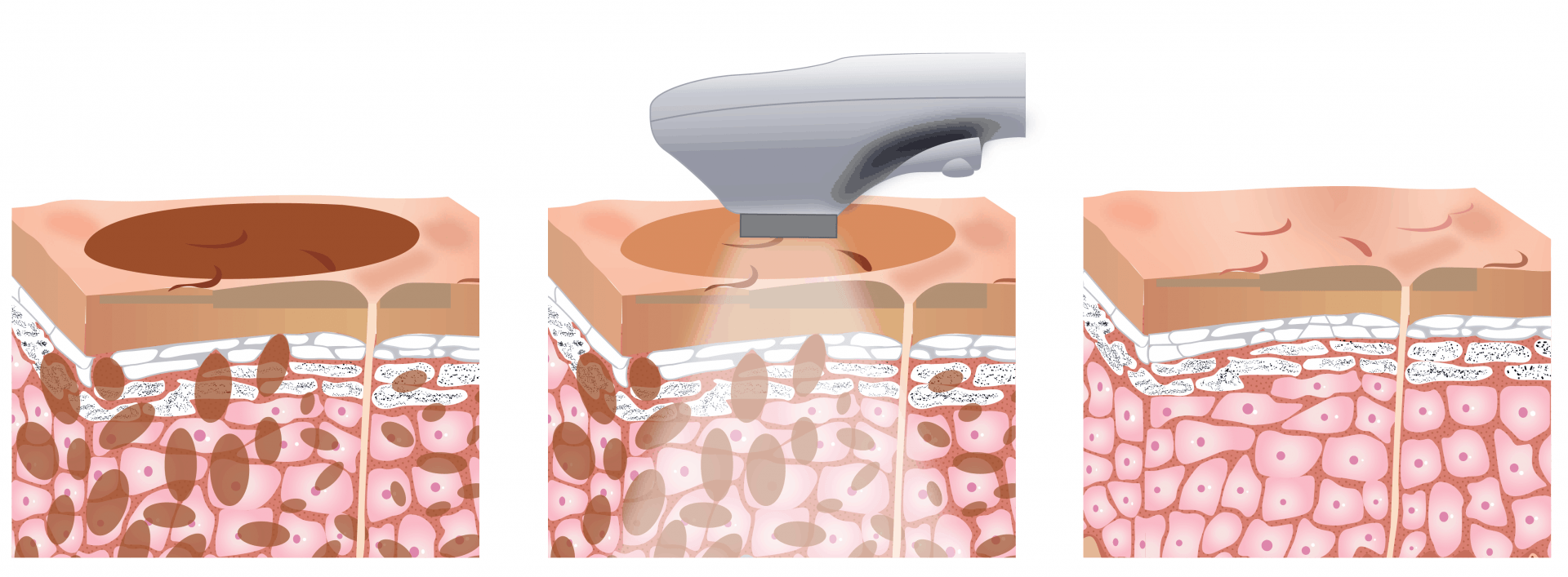
Intense Pulse Light (IPL) treatment uses broad-spectrum light to target and break down melanin particles in hyperpigmented areas. The light is emitted from a handheld device, which directly focuses on the affected skin. Common side effects include redness in the treated area, which typically subsides a few hours after the procedure.
Q-switched Nd:YAG-Laser
This type of laser treatment has been a backbone in aesthetic treatments for a long time. While it is used less commonly because of other rapid technologies, such as Pico laser, it can produce heat energy to repair your skin and lighten pigmentation.
The Q-switched laser effectively reduces brown spots and acne marks. Not only is it efficiently lightening the pigments, but it also works to shrink acne and pores on the skin. Repeated Q-switched laser sessions are also needed to maintain the treatment results and prevent dark spots from reappearing.

Alexandrite Laser
The Alexandrite laser is an effective treatment for targeting and breaking up unwanted pigmentation. Like the Q-switched laser, the Alexandrite laser converts light energy into heat, damaging the pigmented areas without harming surrounding skin.
The alexandrite laser is used to treat:
- Age spots
- Freckles
- Flat pigmented birthmarks
- Acquired dermal melanocytosis
- Naevus of Ota
- Black, blue and green tattoos.
The procedure typically takes less than 15 minutes and is non-invasive, making it well-tolerated by most patients. While the treated skin area may be sensitive for up to a week, the patient will not require any downtime. As the alexandrite laser is very gentle, it can also be used to treat highly sensitive skin areas, such as the eyelids.
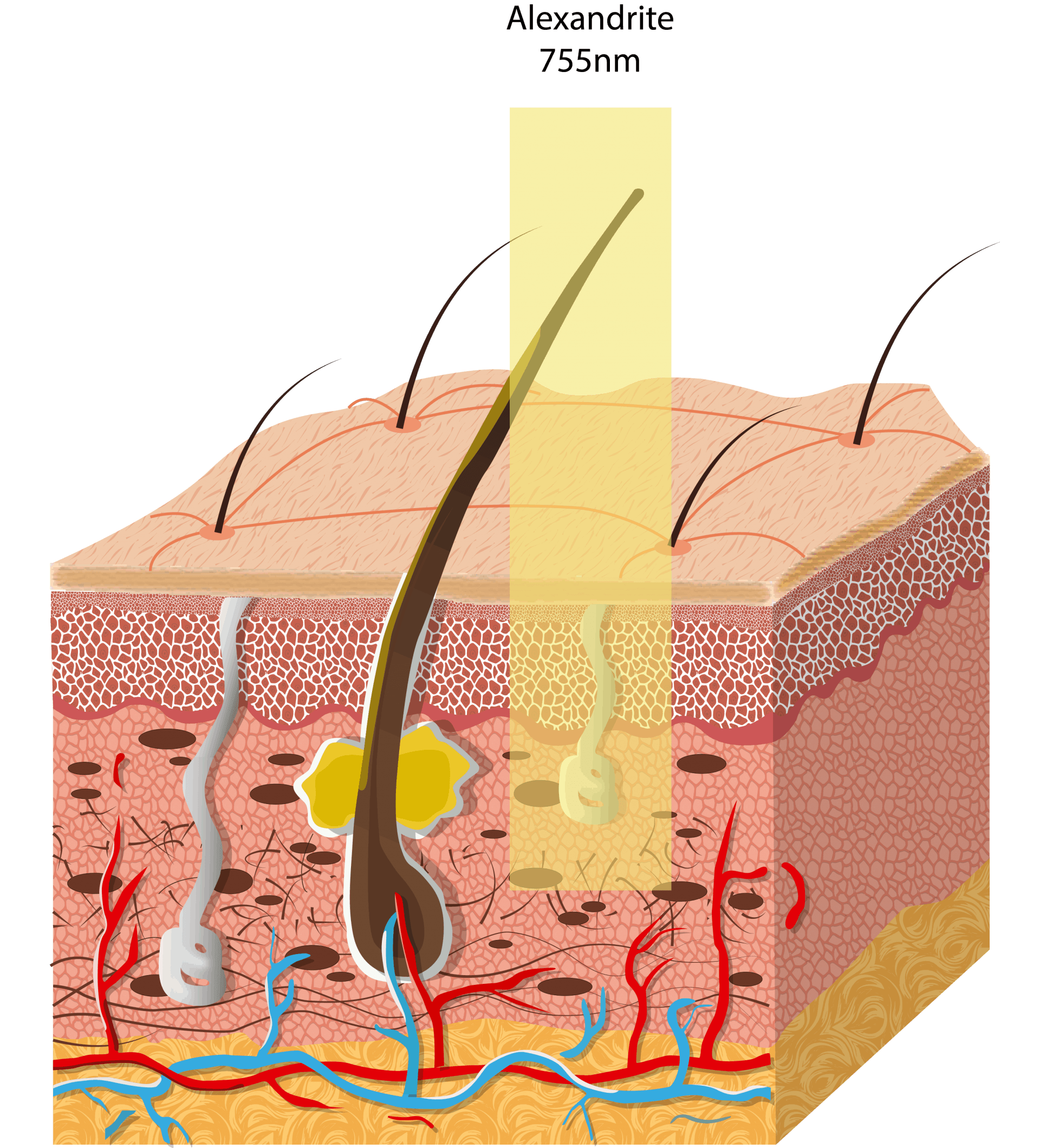
Fractional CO² Laser
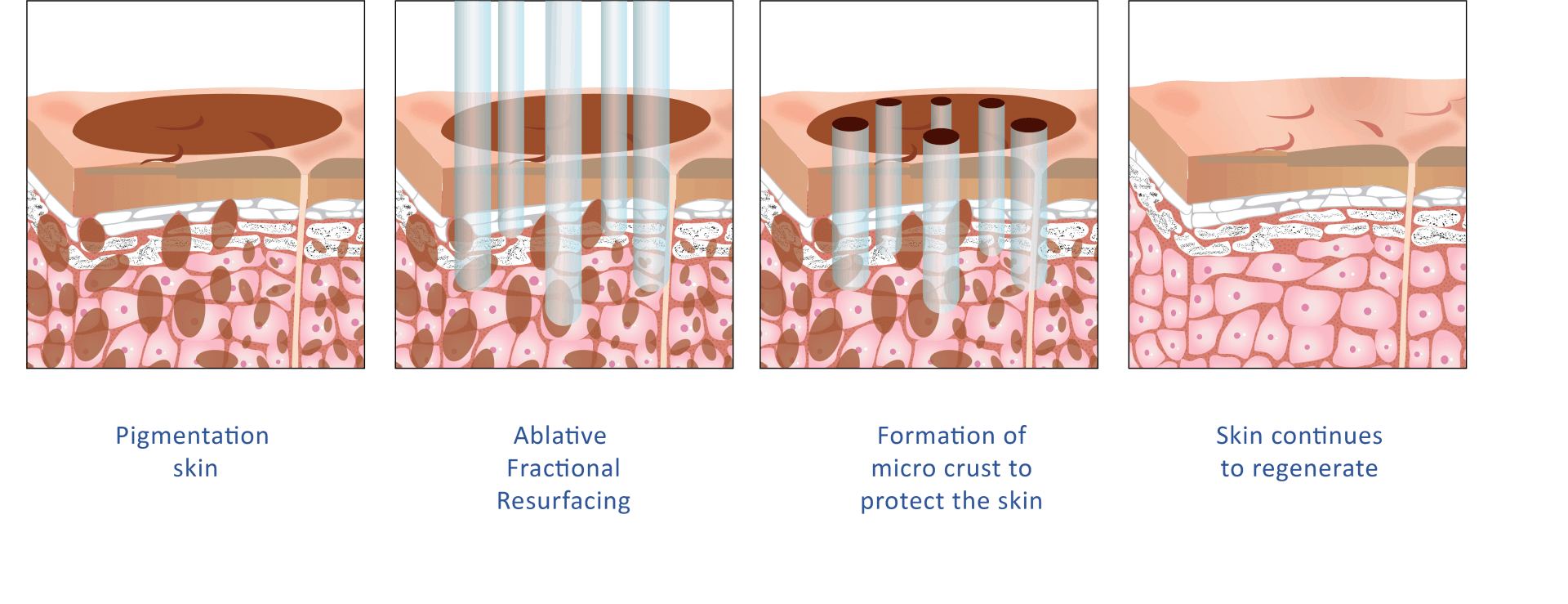
Fractional laser therapy is a minimally invasive treatment option that requires a downtime of 3-7 days. The CO2 laser produces heat in the deeper dermis to stimulate collagen production. A scanner defines the exact micorscopic zones to be targeted and this is applied to a fraction of the skin at a time. It is called fractional technology, because it only targets a fraction of the pigmented skin at a time, leaving small sections of healthy tissue intact, which accelerates tissue healing. With a fractional laser, wrinkles and unwanted pigmentation such as melasma, age spots, or sun spots can be treated simultaneously. In addition, Fractional CO2 laser can be used to reduce coarse-pored skin or skin irregularities such as acne scars or stretch marks. Fractional is particularly suitable for areas such as the face, neck, cleavage, and hands.
Pico Laser
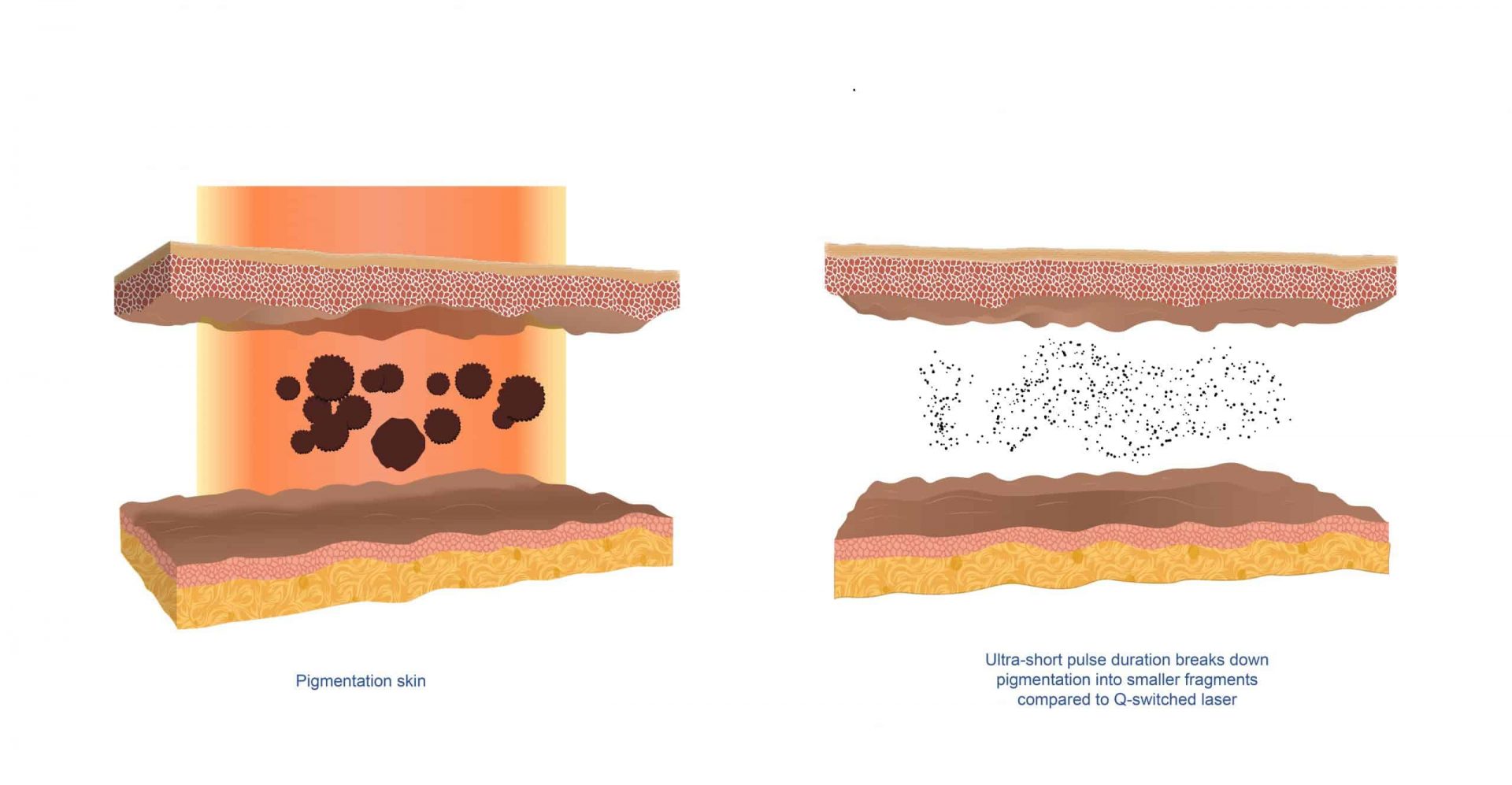
Pico laser is a relatively new procedure available in Singapore to treat melasma and other types of hyperpigmentation. Similar to pulse light treatments, the Pico laser works by breaking down melanin particles. However, it shatters the pigmentation into much smaller fragments, making it easier for the body to clear the affected cells. When applied correctly, the Pico laser is more effective than other laser treatments. Common side effects include redness, pinpoint bleeding, rashes, and crusting in the treated areas.
This improves the process of laser energy, breaking down pigments mechanically, enhancing the laser’s ability to break down pigments into small fragments, which will then be removed by the body’s immune system.
These pulses create micro-cavities in the area, which actively stimulates the production of collagen and elastin fibers. The amount of treatment sessions required depends on the skin condition, but sessions are relatively short compared to Q-switched lasers. The Pico Laser is a popular procedure due to the following benefits:
- Minimally invasive with only minor pain
- Little to no downtime
- Suitable for all skin types
- As a secondary effect, it also rejuvenates the skin.
Pico Laser Can Be Used To Effectively Treat:
Acne Scars
Tattoos
Wrinkles
Sunspots
Freckles
Melasma
Rosacea
Hori’s Nevus
Facial flushing
Red acne marks
Post-Inflammatory Hyperpigmentation
Additional Treatment Options
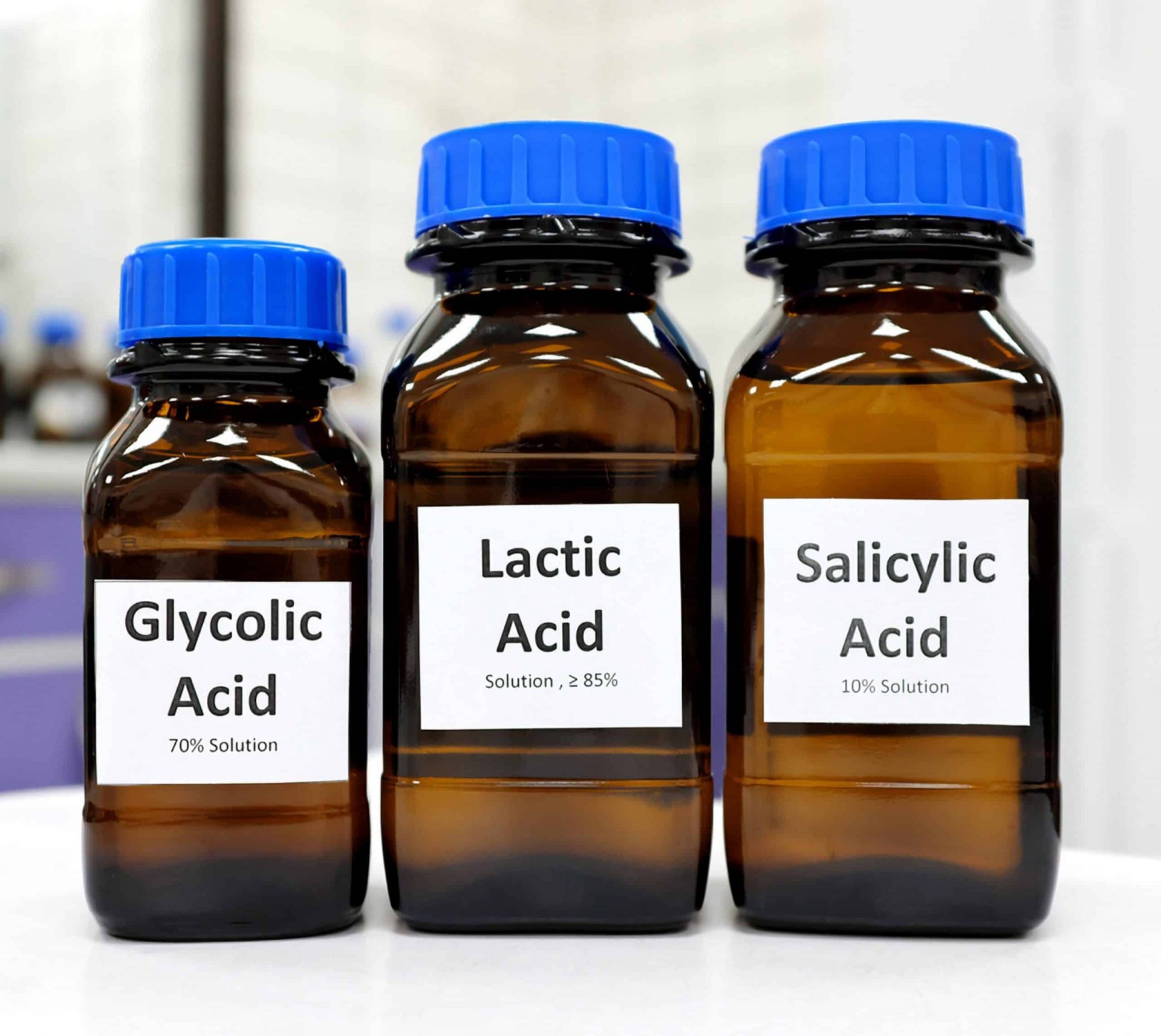
Chemical Peels
Chemical peels are a non-invasive method suitable for evening out light blemishes and uneven skin tones. Chemical peels are generally safe, if used correctly. It is crucial to understand the different types of chemical peels to make an informed decision and opt for the optimal treatment. During a chemical peel, the superficial layers of the skin are removed by chemical substances (alpha hydroxy acids (glycolic and lactic acid), beta hydroxy acids (salicylic acid), and trichloroacetic acid (TCA).
Superficial Peels
Superficial peels only penetrate only the outer layer of the skin to clear pigmentation. The peels allow for skin improvement while maintaining a low risk of complications. These peels generally require around 3 -7 days of healing time.
Medium Depth Peels
Medium depth peels clear the middle and outer layers of the skin to improve the appearance of skin discoloration. This peeling treatments can be performed repeatedly every few months to maintain the desired complexion.
Medium depth peels generally take one to two weeks to heal.
KKUM Whitening Home Skin Care Program Designed By Dream
This skincare program is ideal for people who want to lighten their pigmentation, reduce dark spots and melanin presence by integrating medical grade products into their skincare routine. Our KKUM whitening home skin care program is either used as a first line of treatment, or used post-treatment as part of the patient’s aftercare. In addition, it provides a rejuvenating effect, stabilizing the texture and tone of the skin.
This skincare program consists of the following products:
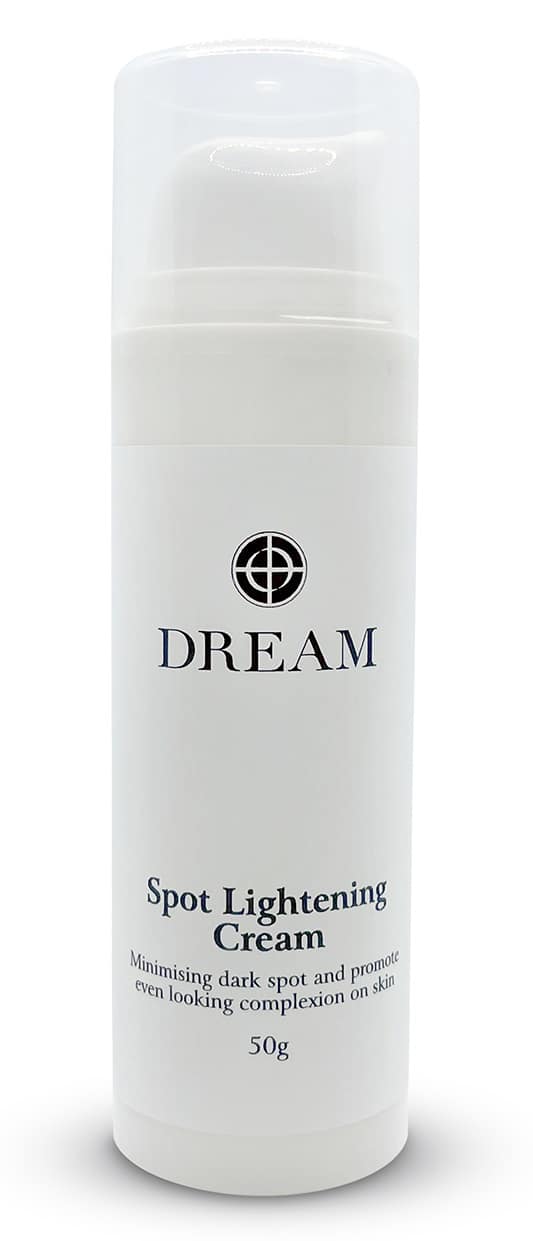
DREAM SPOT LIGHTENING CREAM
This medical-grade cream was developed to improve skin pigmentation without any in-clinic procedure. It is prescribe to correct hyperpigmentation caused by melasma, post-inflammatory hyperpigmentation and freckles, using the combination of ingredients, such as Arbutin, Glycolic acid and, most notably, Cysteamine. The latter one is a compound that is naturally present in your body and functions as a natural pigment regulator by reducing melanin. The first visible results will usually appear within 2-3 months, and the skin condition may improve continuously, thereafter.
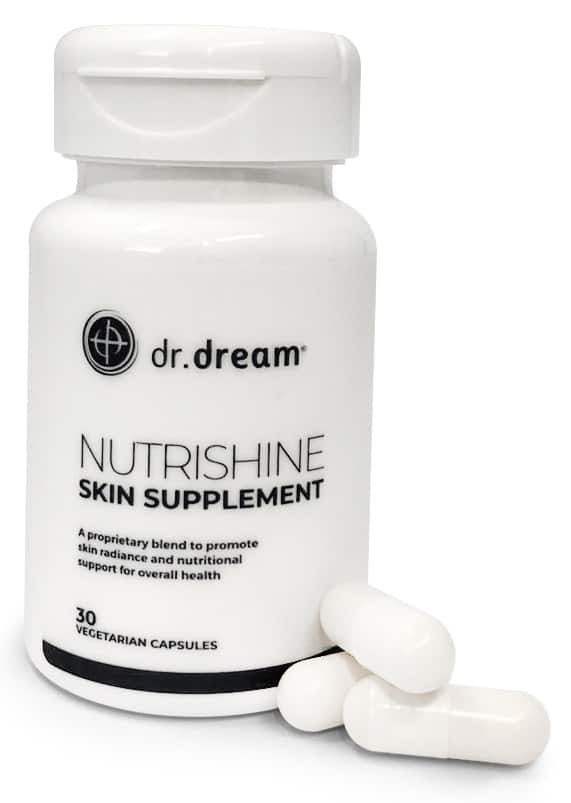
NUTRISHINE SKIN SUPPLEMENT
Nutrishine incorporates a three-stage approach to transforming the health and complexion of your skin - Enhancing Skin Radiance, Repair & Restore, and finally Strengthen.
- Enhance Skin Radiance - White Tomato and Glutathione combine to rehabilitate skin and leave it positively glowing.
- Repair and Restore - Five essential vitamins combine to provide a comprehensive nutritional boost to your skin, from stimulating healthy skin cell growth to reducing the signs of aging.
- Strengthen Skin, Hair & Nails - The impressive attributes of key B-vitamin Biotin play a crucial role in maintaining the health of your skin and allowing radiance to shine through.
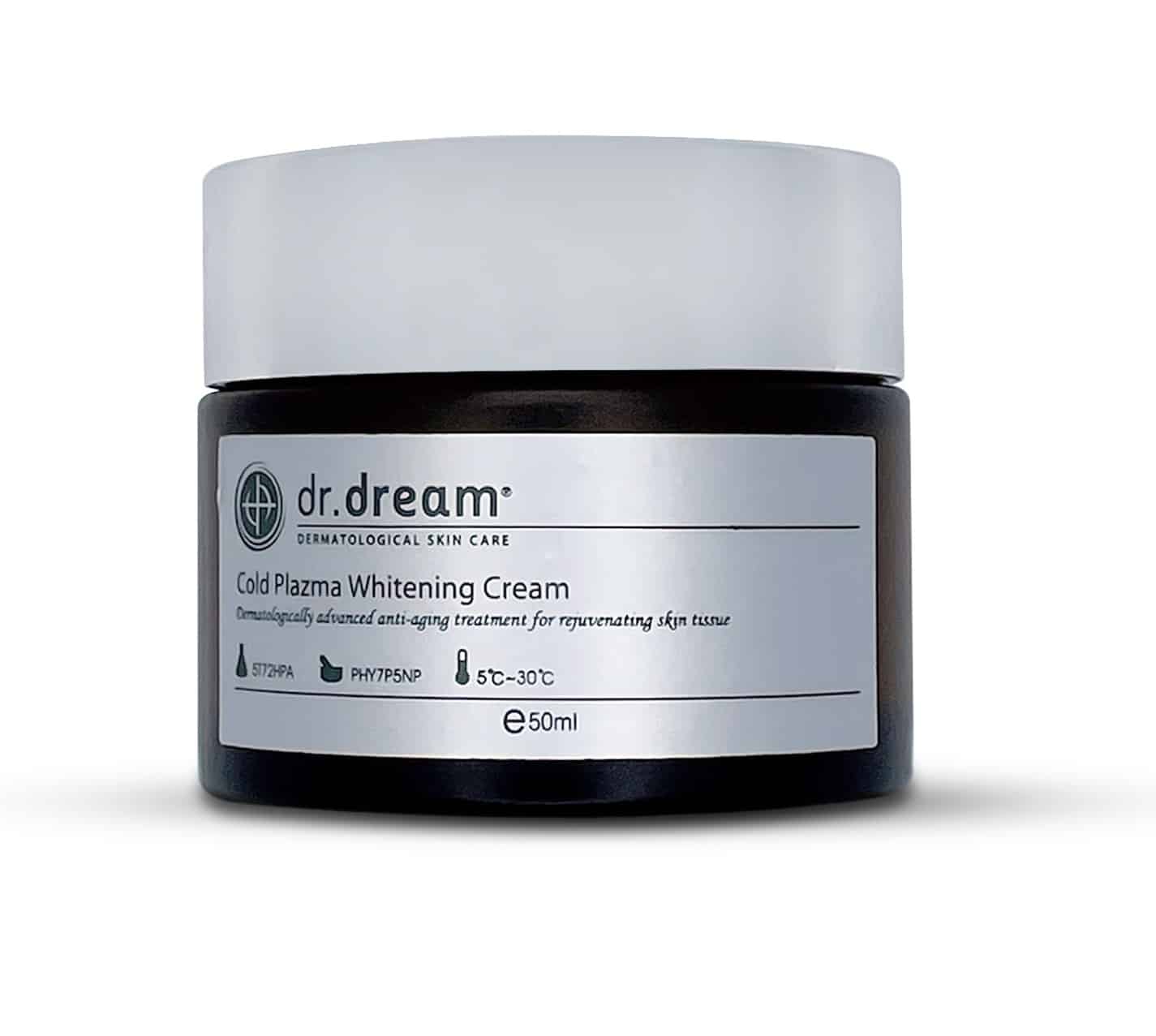
DrDream COLD PLAZMA WHITENING CREAM
DrDream COLD PLAZMA WHITENING CREAM based on galactomyces ferment filtrate (contained 80%) which is made by the two steps of ferment filtering technology provides better efficiency skin improvement in brightening combined with Cold Plazma MGF Complex 0.42mg that enhances anti-oxidative ability to the skin.
TRANEXAMIC ACID
Tranexamic Acid (short: TXA) is a prescribe medication to treat melasma by interfering and blocking the melanin production pathway in UV exposure and hormonal influences. A study demonstrated that the oral application of TXA is an effective and safe therapy for melasma. In one of the clinical studies, a significant improvement was observed in 94.6% of the test subjects, who took 250mg of TXA orally, twice a day for 6 months.
Frequently Asked Questions (FAQ) about Pigmentation Treatment
Is laser pigmentation removal suitable for me?
Generally it is suitable for most people. It is essential to get an accurate diagnosis from medical doctor and to understand the cause of your pigmentation. Only this way, we can derive at an optimal treatment plan.
What else should I know about the laser procedure?
- To protect your eyes, you must wear goggles during the treatment session.
- Sometimes, topical anesthetic can be applied in some in-clinic treatments.
- Avoid scrubbing or scratching the treated area 2-3 days after the laser treatment.
- Avoid the application of abrasive skin care products, such as acidic cleansers.
Can you treat all areas of my body?
Yes, pigmentation can be effectively and safely treated on any area of the body, including sensitive regions. Common treatment areas include the face, neck, arms, and chest.
Are any of the aforementioned therapies painful?
The pain level in laser treatment is generally minimal or painless. The feeling during the treatment is often described as warmth or slight tingling. After the treatment, light soreness may occur, which usually disappears within a day.
Laser treatment is particularly suitable for pain-sensitive people.
How much does it cost to treat pigmentation?
In Singapore, depending on the type of laser treatment involved, each session ranges between $250 – $500 SGD. Usually, it requires repeated treatments of 4-6 weeks interval till desired result achieved.
Is There Anything That Can Prevent Post-Inflammatory Hyperpigmentation From Getting Worse?
Post-inflammatory hyperpigmentation can be prevented by taking some measures like:
- Application of adequate amount of sunscreen whenever going out to prevent possible damage from the sun rays that may trigger the condition.
- Wear a hat whenever you are exposed to direct sunlight.
- Follow the proper skincare routine that is suggested by your doctor.
- Try to keep the acne under control as with every new pimple, the risk of getting a dark spot increase.
- Look for any reaction to any cream or lotion you are using as a treatment.
- Report your doctor whenever you notice any irritation or redness on your skin.
- Consult or book an appointment with a doctor as soon as you see dark patches on your skin to get treatment before things get worse.
